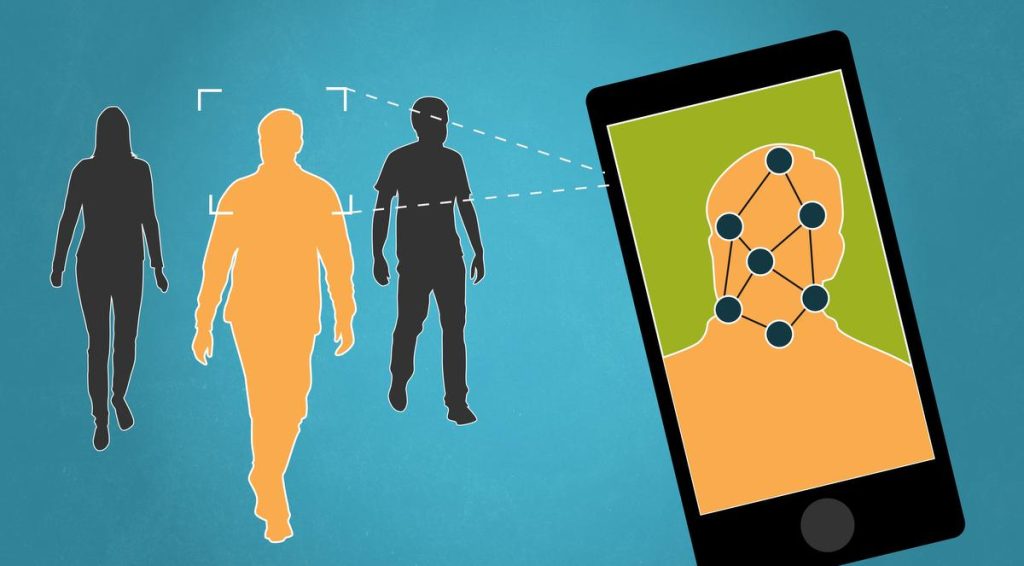Predictive policing is based on the fact that many crimes – and criminals – have detectable patterns.
Predictive policing has enjoyed some successes. In a case study in the US, one police department was able to reduce gun incidents by 47% over the typically gun-happy New Year’s Eve.
But merely finding information is not enough to deter crime. The data needs to be analyzed to detect underlying patterns and relationships. Scientists deploy algorithms and mathematical models such as machine learning, which imitates the way humans learn, to extract useful information and insights from existing data.
In the past, humans had to manually pore over crime reports or filter through national crime databases. Now, in the age of big data, data mining and powerful computers, that process can be automated to make forecasts abut events.
